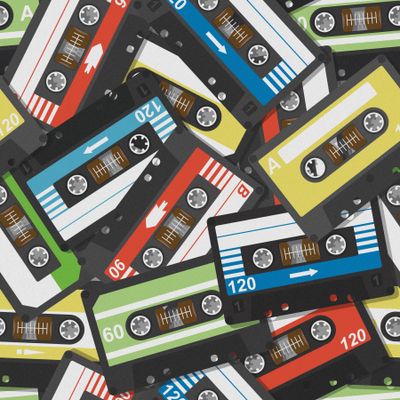
The mashup DJ Gregg Gillis, better known as Girl Talk, has spent a decade reshuffling pop hits for nostalgia-eager Gen-Xers and (older) millennials. The sample savant always had a keen ear for which jams triggered the most endorphins; he told Vulture back in 2010 that his parties could be hit-or-miss in a place like Copenhagen, since he couldn’t know if European audiences would be as fluent in Skee-Lo.
Now the links between emotion, memory, and music are being plumbed by scientists, specifically Signy Sheldon and Julia Donahue of McGill University in Montreal. Their new paper in Memory and Cognition — admirably titled “More than a feeling: Emotional cues impact the access and experience of autobiographical memories” — finds that the “arousal” (or tempo) and valence (or mood) of music provides different cues to random access memories.
The sample was somewhat small, just 48 participants recruited around campus. They listened to four different categories of solo classical piano cues previously developed for the study of emotion and music. There were eight samples each of happy (positive, high arousal), peaceful (positive, low arousal), scary (negative, high arousal), or sad (negative, low arousal), each listened to for up to half a minute each. Participants pressed a key as soon as a memory came to mind, wrote one or two sentences describing what it was, noted where it occurred, and then rated how recent the memory is, how vivid it was, how social it was, and how energizing. They also rated how emotionally positive or negative the memory was, plus how intense it was.
The coolest finding: that the happy samples prompted the fastest memory recall, and the positively valenced cues triggered more social and energizing memories. This may shed light onto the function of autobiographical memory, the researchers argue: that it reinforces social behavior and helps to maintain a positive sense of self and well-being. The link between happy cues and “the ability to remember personal experiences may reflect our desire to link positive emotions at retrieval with easy access to memory as a means of creating a positive self-identity,” the authors write. The research also unpacks the secret sauce in the throwback dance party: Listeners are reminded of the good times, that they actually do like other people, and like themselves, too.

